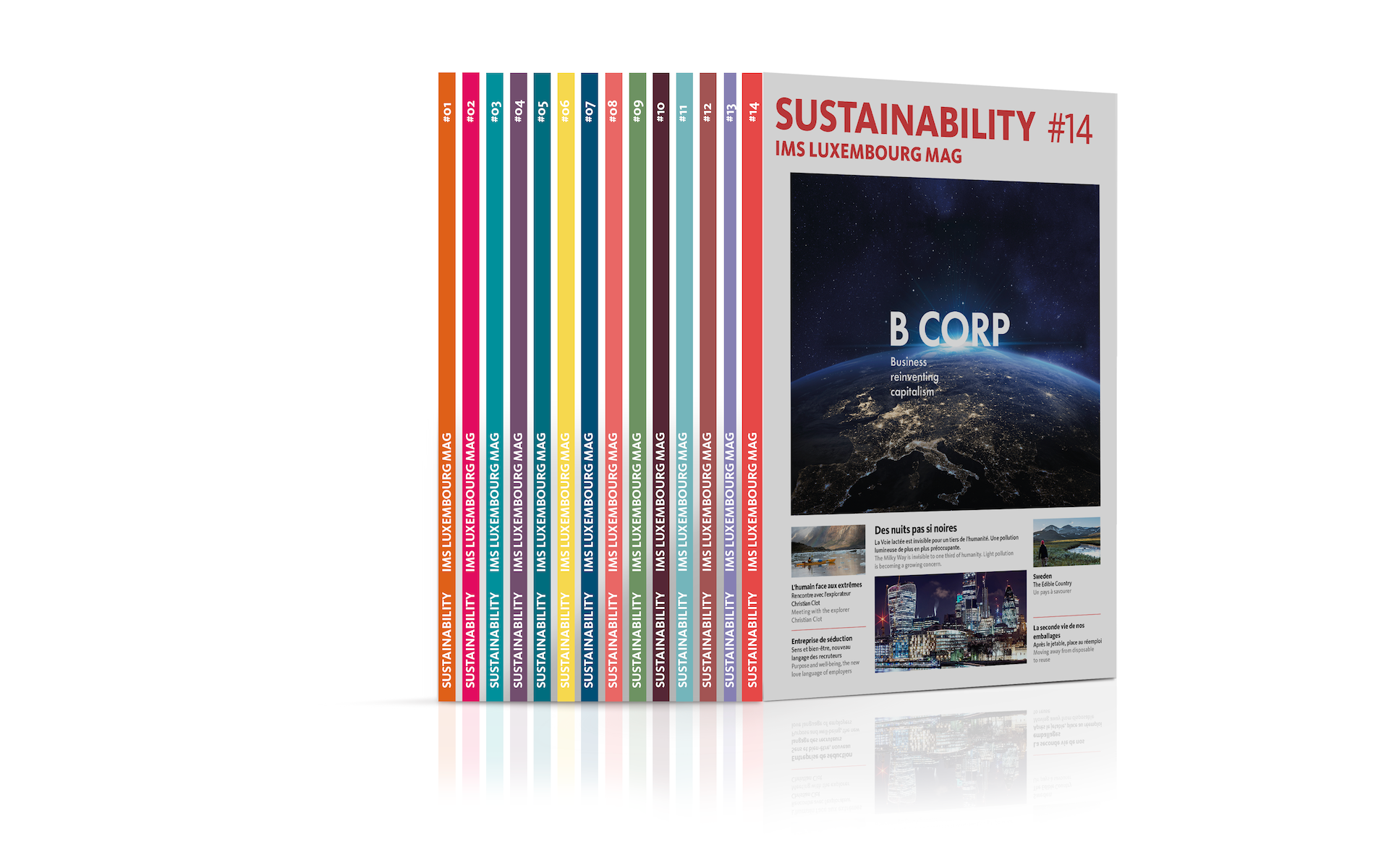Philippines : sharks under protection

The shark, the dreaded representative of the marine megafauna, does not have a good reputation. Yet there is a place in the Philippines where researchers and volunteers are working hard, despite centuries-old widespread fears, to protect it and even to reintroduce individuals into the waters of the archipelago... A safeguard against the tide of the shark that is still often described as "the monster of the seas".
Vulnerable predators
The Philippines is home to the most significant number of shark species in the world, with more than 220 species. According to the International Union for Conservation of Nature (IUCN), the threat of extinction hangs over one marine species in eleven. Still, it is among the sharks that the situation is most alarming. It is, therefore, essential for this country to be able to protect them because, as National Geographic explains, while these animals have shown unfailing resilience by surviving four mass extinctions over the last 420 million years, today, they are disappearing at an unprecedented rate among vertebrates, even surpassing that of amphibians.
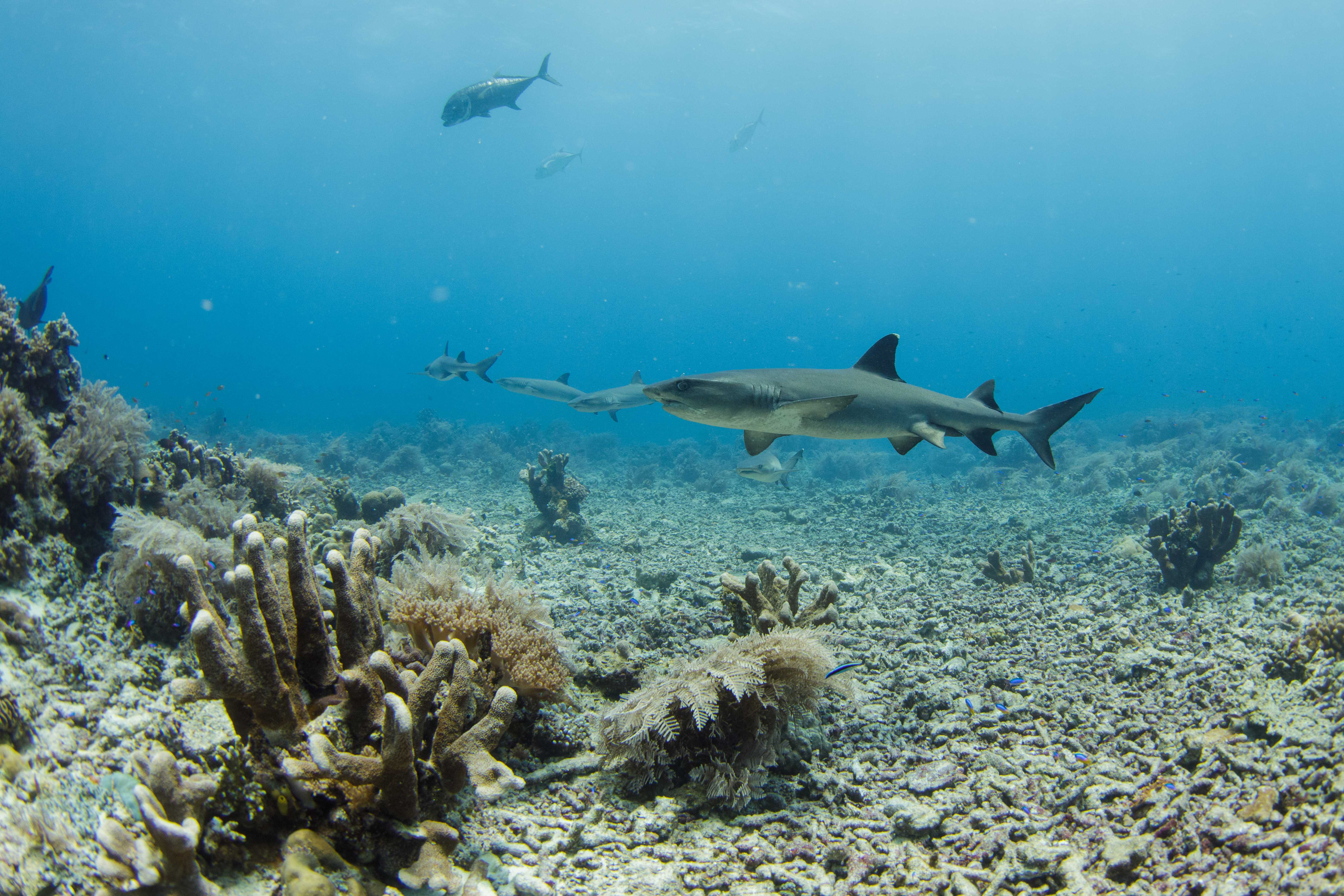
White-tip reef sharks.
Unfortunately, despite their vital role in the food chain and in maintaining the balance of ecosystems, sharks suffer from a bad reputation. This predator is indeed responsible for an average of ten human deaths a year, but by way of comparison, mosquitoes cause the death of around 725,000 people a year. Moreover, contrary to this image of predatory power, sharks are vulnerable species. Reaching maturity late and producing few offspring, the decline of these animals is exacerbated by the destruction of their habitat, mass tourism, illegal fishing and overfishing. Many of them are condemned to a sad fate, caught in nets for their mere fins. The removal technique is called "finning": the sharks are mutilated and thrown back into the sea alive, destined for a slow agony on the ocean floor. They are also frequently the target of accidental fishing. According to the Wildlife Conservation Society, an average of 110,737 tonnes of sharks and rays were mistakenly caught every year between 2007 and 2017.
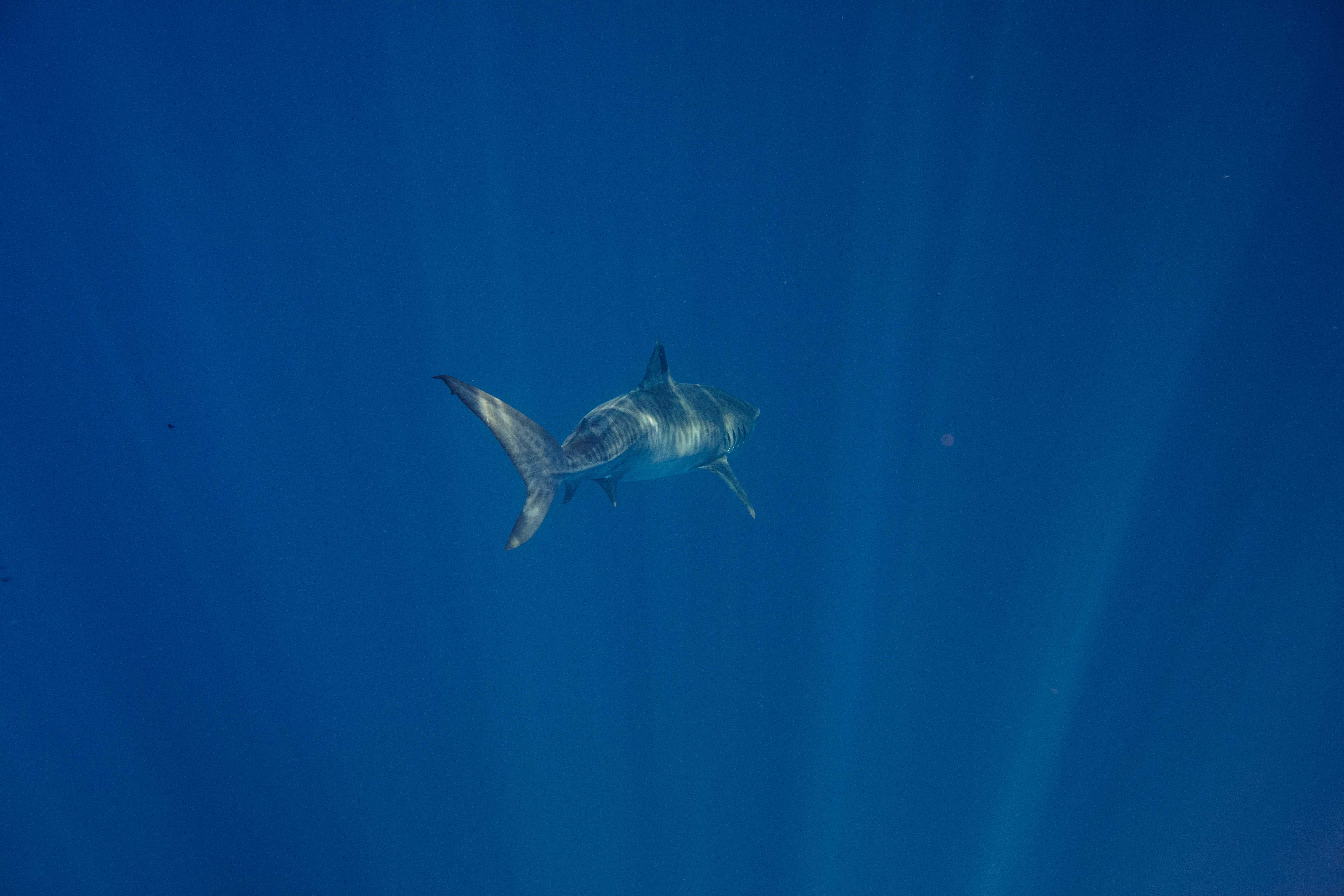
An organisation serving megafauna
In the Philippine archipelago, the NGO "Large Marine Vertebrates Research Institute Philippines" (LAMAVE) has set itself the mission of protecting megafauna in South East Asia under the slogan "A safe and prosperous ocean for marine life and people". The project began in the waters off Bohol with a marine mammal research mission highlighting a megafauna hotspot comprising sharks, manta rays and turtles, and has gradually expanded to cover the whole country and the region. The organisation emphasises the scientific approach and raising awareness of the importance of the presence of these animal species in the marine ecosystem.
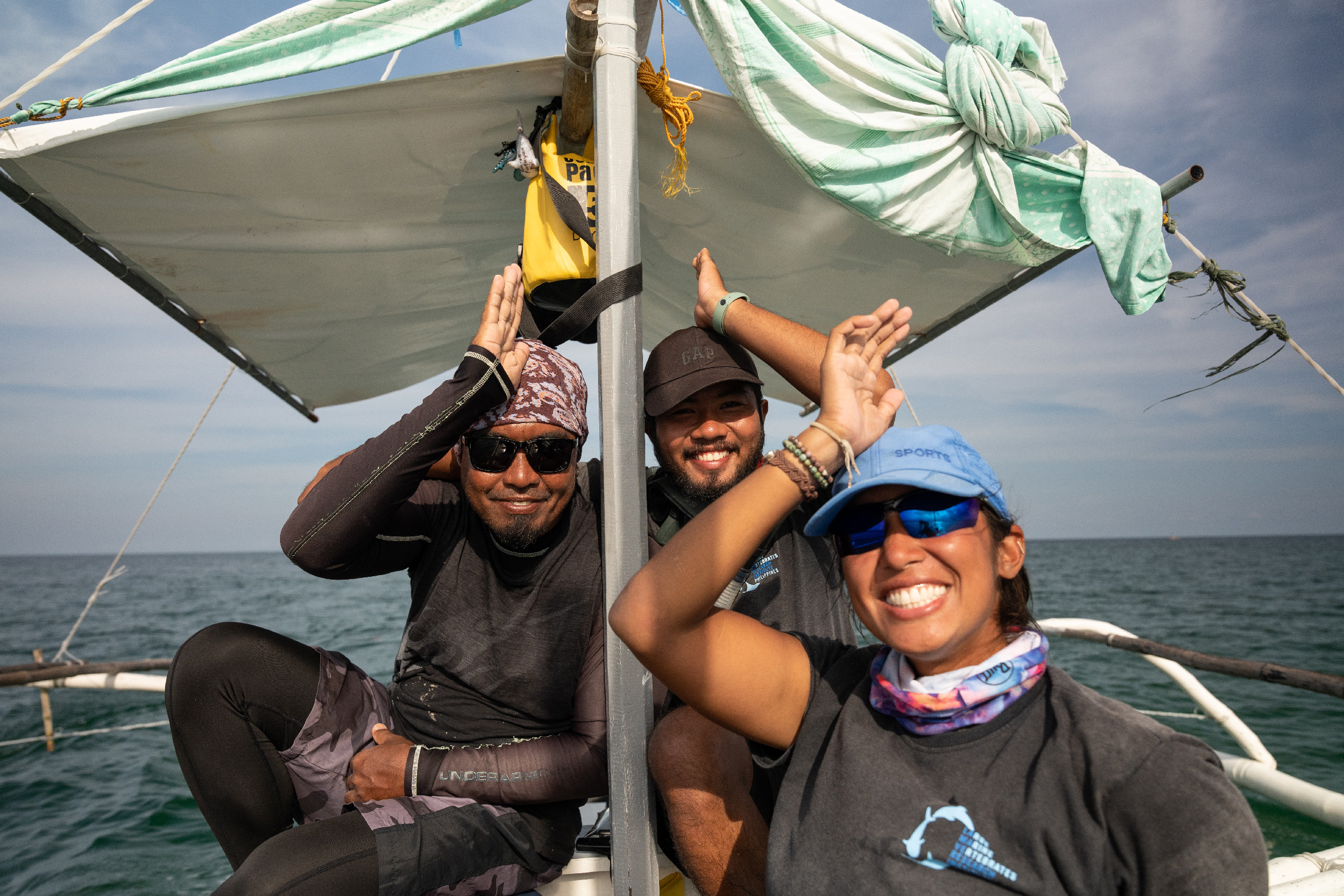
Arianna Agustines and Titus Canete from the LAMAVE NGO conduct a study of whale sharks with guide Andy Leonor.
Since 2010, the organisation has been working with local communities to train them as leaders in ocean management. Internships, volunteering and awarenessraising missions are promoted to achieve this objective. Measuring tools are also provided to ensure sustainable management of marine resources for the benefit of the Filipino people, politicians and scientists. These tools include photography, satellites and telemetry acoustics. The aim is to understand the use of space to prioritise protection areas while working with stakeholders.
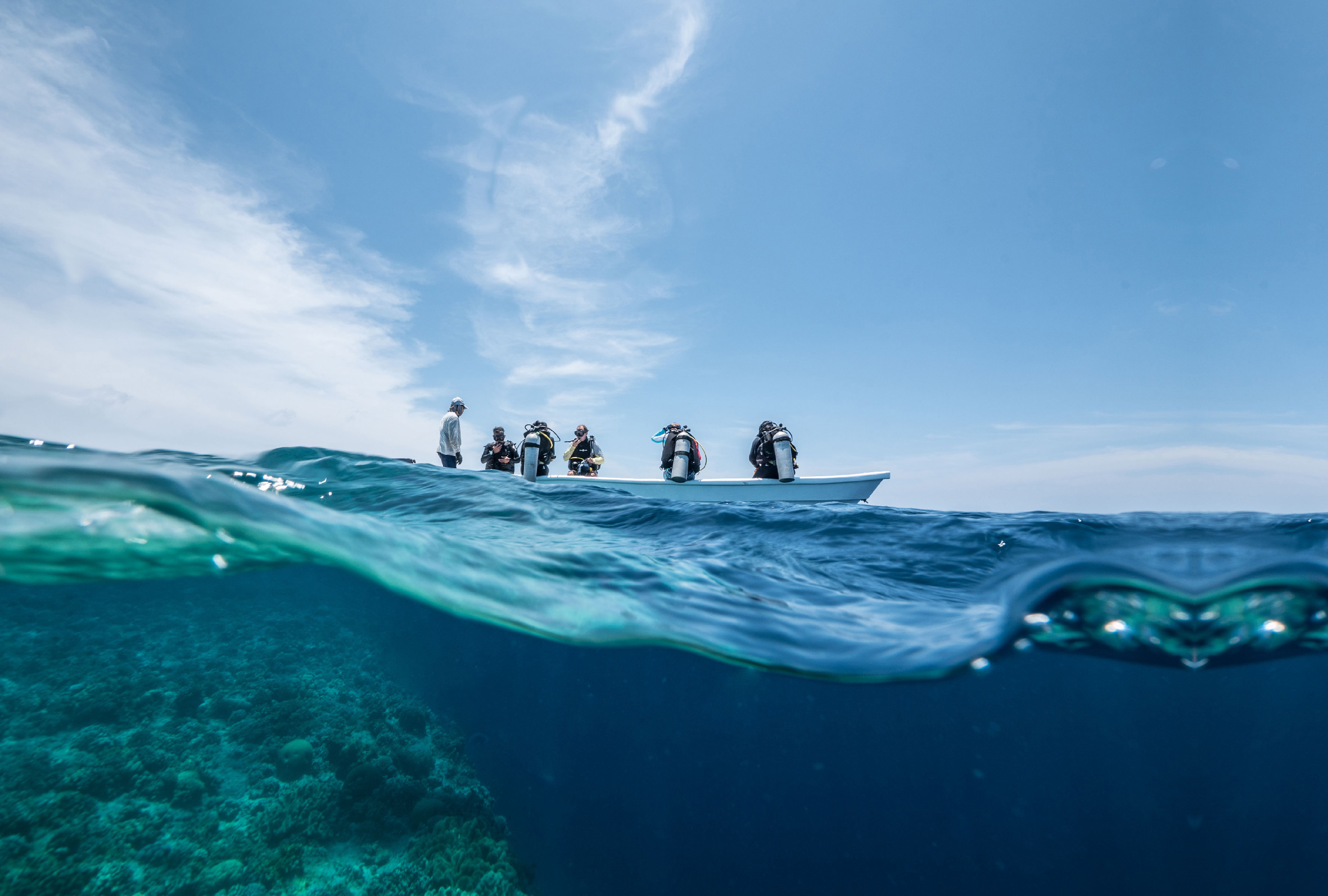
The LAMAVE team prepares to dive from a chase boat during a research expedition.
However, local conservation is not enough. Migratory shark species, such as tiger, hammerhead, silky, thresher and whale sharks, travel vast distances throughout the year to breed or feed, complicating their preservation. To counter this difficulty, protected migration corridors have been set up, involving close collaboration with local communities, the fishing industry and political authorities.
LAMAVE has worked tirelessly to protect marine megafauna, producing more than 30 scientific publications on the subject, identifying more than 1,400 whale sharks thanks to protection teams and measurement tools, involving more than 100 local authorities in the preservation of marine wildlife and training more than 250 volunteers in scientific methods.
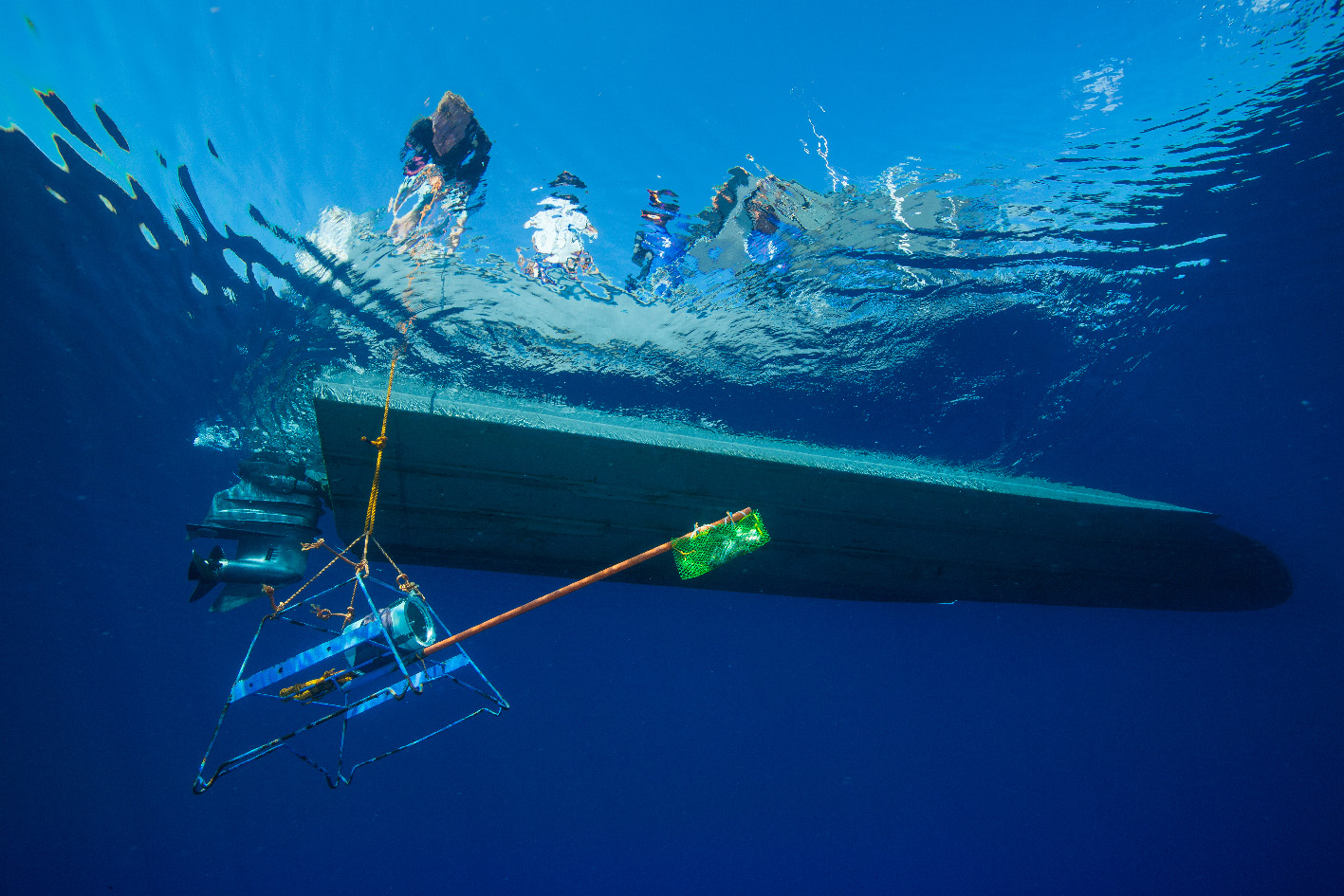
Baited Remote Underwater Video System being lowered into the water of Tubbataha Reefs Natural Park.
This work is part of the Global FinPrint, a worldwide study carried out between 2015 and 2018 in 58 countries, including the Philippines. It highlights the unprecedented decline in reef shark populations using remote underwater video systems. Since December 2023, a new objective has been set for Global FinPrint: to enable nations to improve their marine protected areas and to provide advice on creating new zones. Dr Demian Chapman, Senior Scientist at Global FinPrint and Director of the Center for Shark Research Programm at the Mote Marine Laboratory, explains that these areas' development will allow sharks present in many countries to recover. In the coming years, scientists will be analysing parameters such as size, shape, location and fisheries management outside protected areas to identify the best strategies for shark conservation. A total of 26 countries, with the participation of residents, scientists, fishermen and government representatives, are involved in this action plan. LAMAVE has been selected to represent the Philippines in this project.
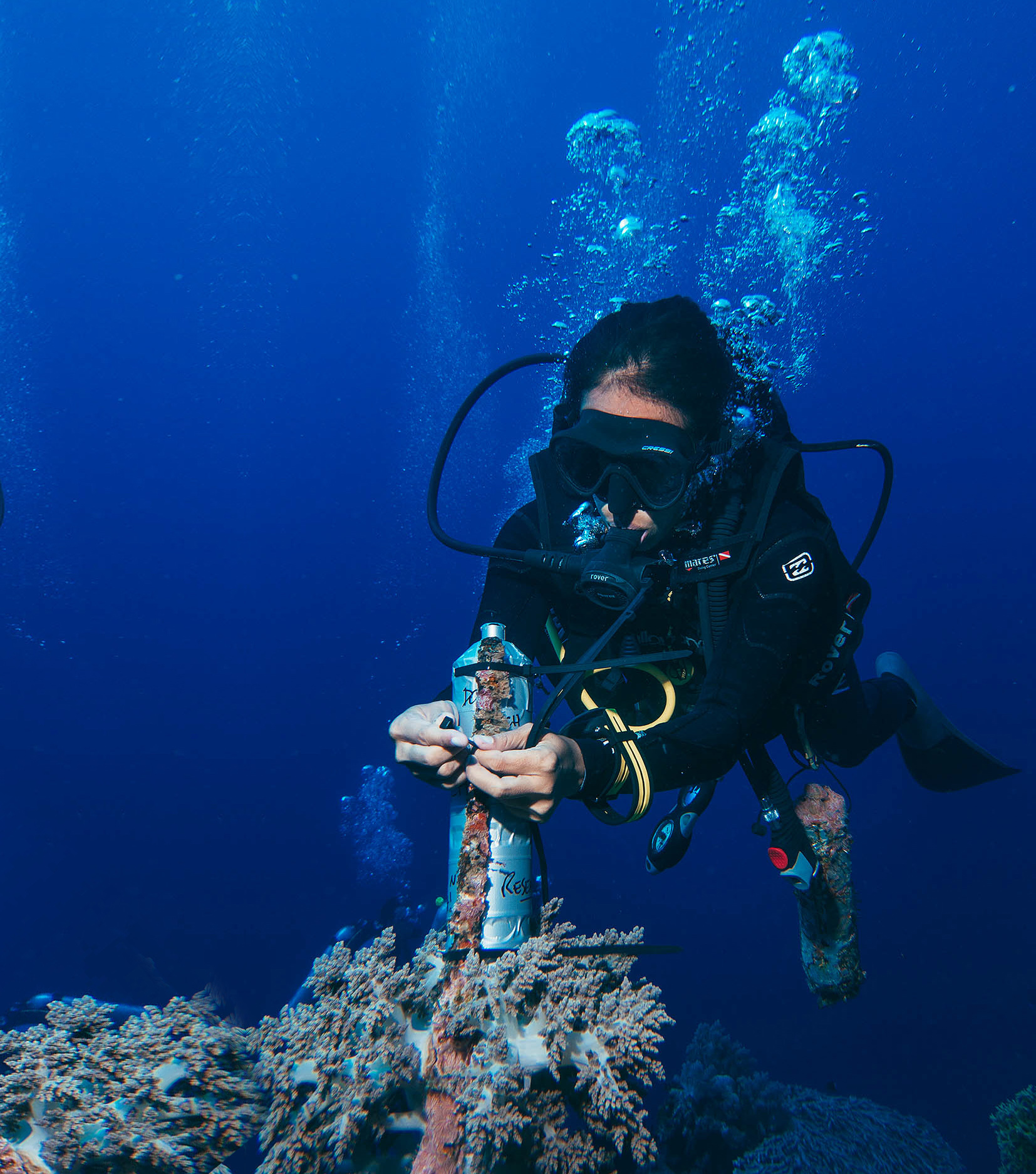
LAMAVE Researcher Jessica Labaja changes an acoustic receiver 25 metres underwater. These ‘listening stations’ pick up signals from tagged sharks when they swim within a certain distance of the receiver. The team are using this technology to study the movements and habitat use of grey reef sharks, tiger sharks and manta rays in the Philippines.
A promising safeguarding dynamic
This initiative is aligned with international goals set before the UN by the High Seas Treaty reinforcing the Kunming-Montreal Accords to protect 30% of the ocean by 2030. In 2019, the Philippines passed Republic Act No. 11038, also known as the Expanded National Integrated Protected Areas System (E-NIPAS) Act, to strengthen the protection of marine protected areas, including endangered shark habitats.
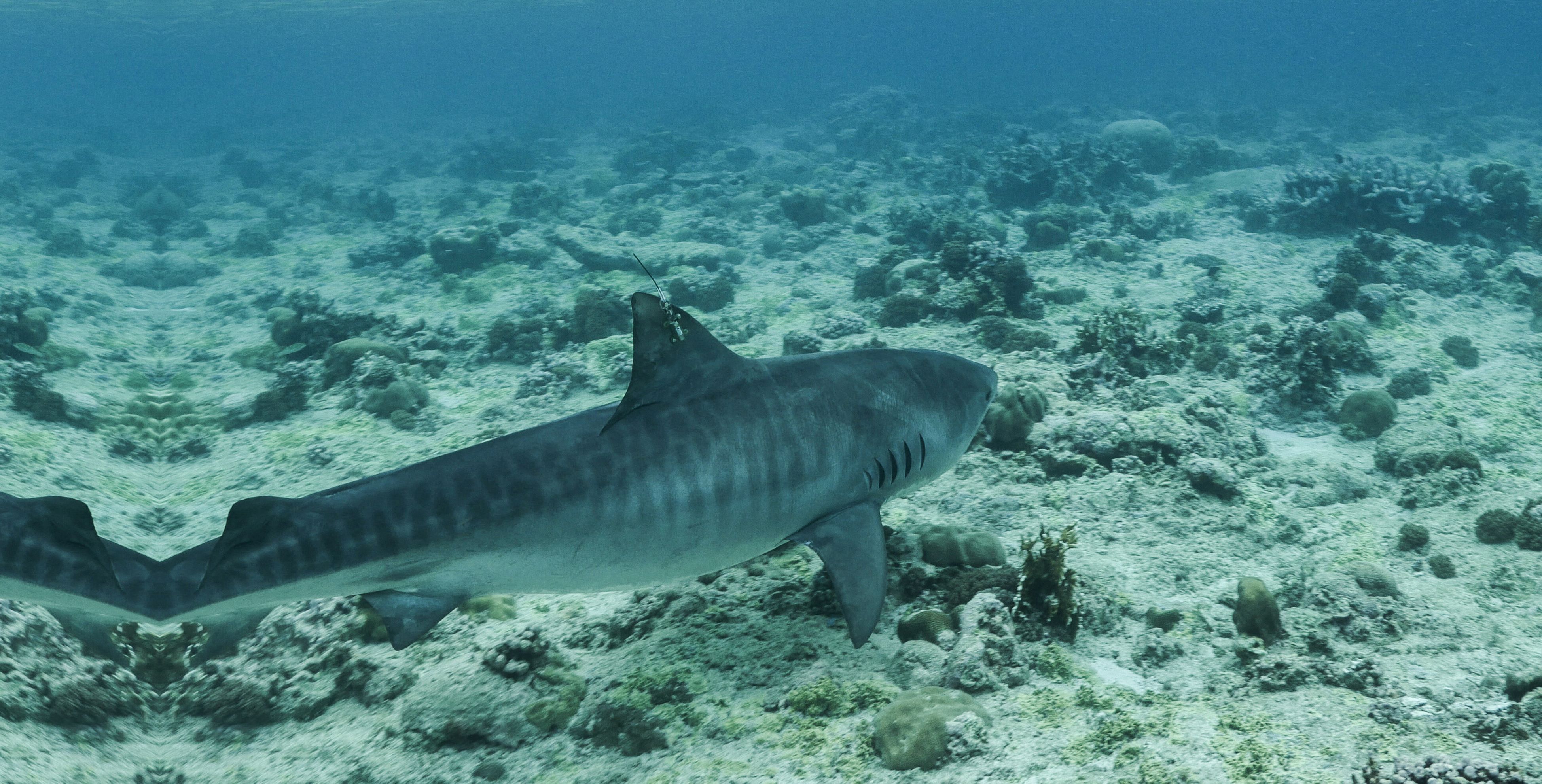
A tiger shark fitted with a satellite tag swims in the waters of Tubbataha Reefs Natural Park.
In addition to LAMAVE, various Filipino organisations are working on this issue in the region, including Marine Wildlife Watch of the Philippines (MWWP), Save Sharks Network Philippines, Philippine Shark Conservation Group and Oceana Philippines. Moreover, not far from Philippine waters, another project from the Reshark organisation is working to reintroduce captive-bred shark species into their natural environment. Two young zebra sharks have been reintroduced into the Raja Ampat region. This first phase is part of an overall objective to release 500 specimens over the next five to ten years. A sign that the jaws are no longer so frightening...

"No thresher, no guest, no livelihood". Message from the "Their future, our future" campaign, aimed at promoting sustainable tourism linked to marine life in the Philippines.

